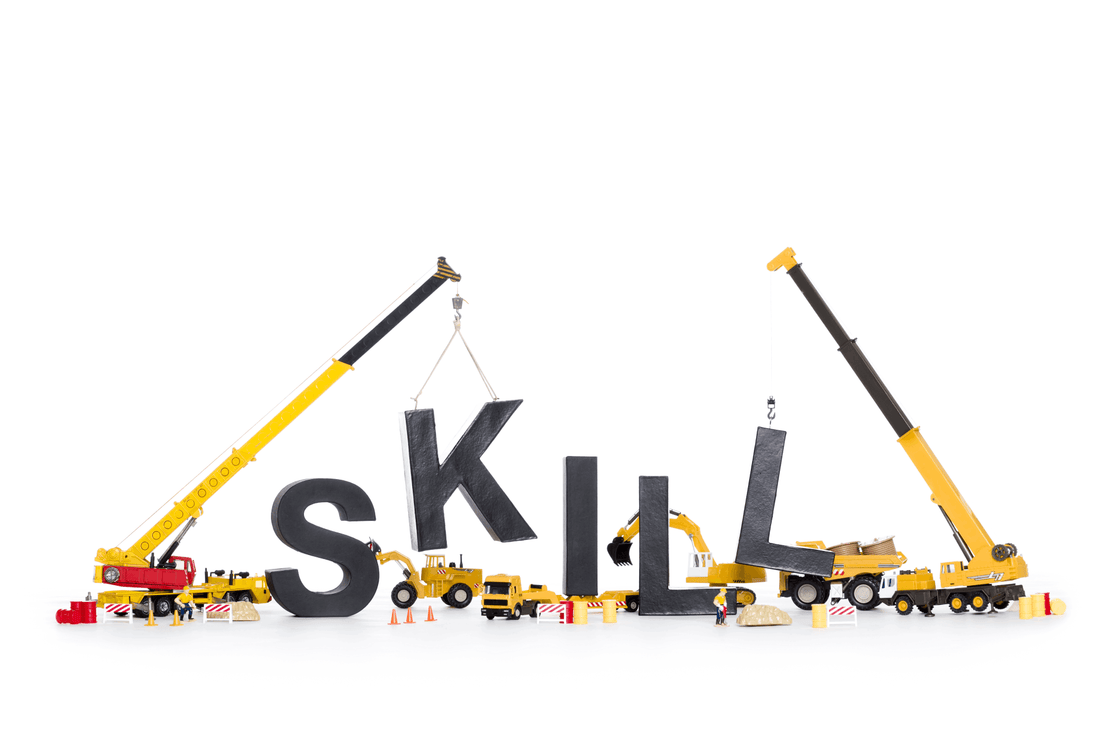In vocational education and training (VET), practical demonstration assessments stand as a critical bridge between theoretical knowledge and real-world application. These assessments allow trainers to evaluate not just a student's technical prowess but also their ability to integrate and apply learning in a practical context. Focusing on the key areas of technical ability, understanding, methodology, and integrated assessment ensures a holistic view of a student's competencies. Here’s how each area plays a pivotal role in shaping proficient professionals.
- Technical Ability: Mastering the Tools of the Trade
Technical ability is foundational in any practical assessment. Observing how students handle tools and equipment offers insights into their proficiency and respect for operational standards. It's not just about using the tools correctly but doing so with confidence and precision. Procedural adherence further showcases a student’s ability to follow workflows efficiently, a skill critical in maintaining quality and safety in professional settings.
- Understanding: The Why Behind the How
A key differentiator of skilled professionals is their depth of understanding. It's vital for students to not only follow instructions but to comprehend the reasoning behind them. This deeper understanding signifies their grasp of the subject matter and ability to apply theoretical knowledge in practical scenarios. When students explain their actions, they demonstrate cognitive processing and a solid theoretical foundation supporting their technical skills.
- Methodology: Navigating the Process
Methodology assesses a student’s approach to tasks. A systematic, organised method suggests a clear thought process and an understanding of the task’s objectives. Equally important is adaptability—the ability to respond effectively to unexpected challenges. This flexibility and problem-solving capacity are invaluable in dynamic work environments where variables and conditions can change rapidly.
- Integrated Assessment: Beyond the Task at Hand
Integrated assessment areas like safety and risk management, communication, problem-solving, and training package compliance encapsulate a student’s ability to operate within a professional framework. These competencies ensure that technical skills are complemented by a conscientious approach to work, effective communication, and adherence to industry standards. These qualities are indispensable for a well-rounded professional.
Additional Tips for Assessors
Pre-Demonstration Clarity: Setting clear expectations and criteria before the demonstration can alleviate student anxiety and improve performance.
Real-time Feedback: Offering constructive feedback during the assessment can enhance the learning experience, providing students with immediate insights into their performance.
Thorough Debriefing: A detailed post-demonstration feedback session allows students to reflect on their performance, reinforcing strengths and identifying areas for improvement.
Simulation Realism: Replicating real-world conditions as closely as possible in the assessment environment tests a student’s readiness for the professional world, providing a more accurate measure of their abilities.
Conclusion
Practical demonstration assessments are a critical component of vocational training, offering a comprehensive view of a student's readiness for the workforce. By focusing on technical ability, understanding, methodology, and integrated assessment, educators can provide valuable feedback that propels students toward excellence. This holistic approach not only assesses current competence but also lays the groundwork for continuous learning and improvement, essential qualities in today's ever-evolving professional landscapes.
For vocational placement kits/ practical work placement kits, please visit our website www.caqaresources.com.au or email us at info@caqa.com.au

































